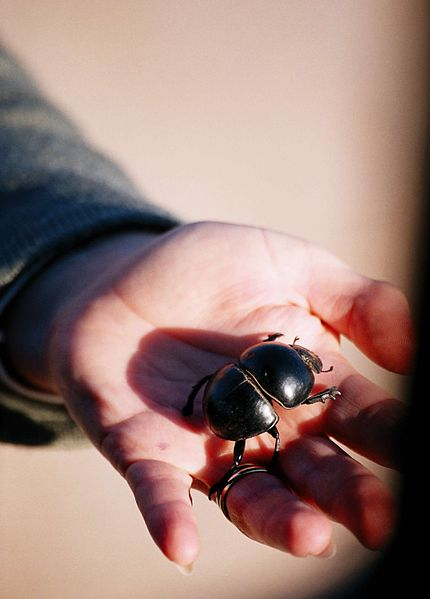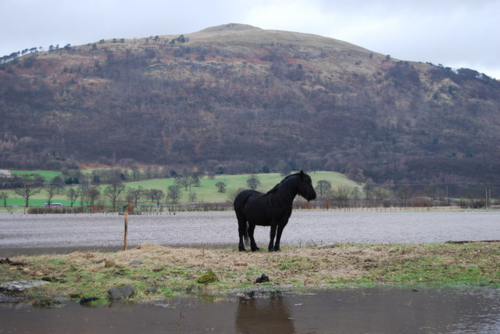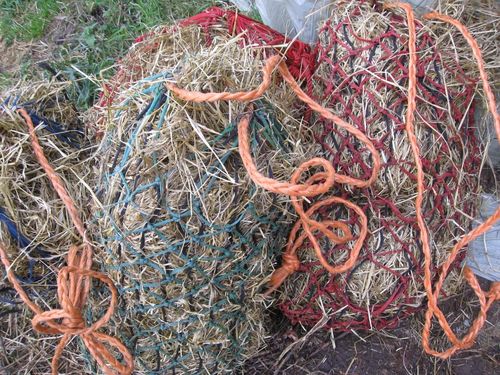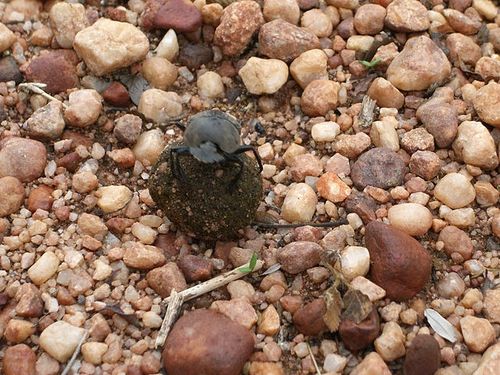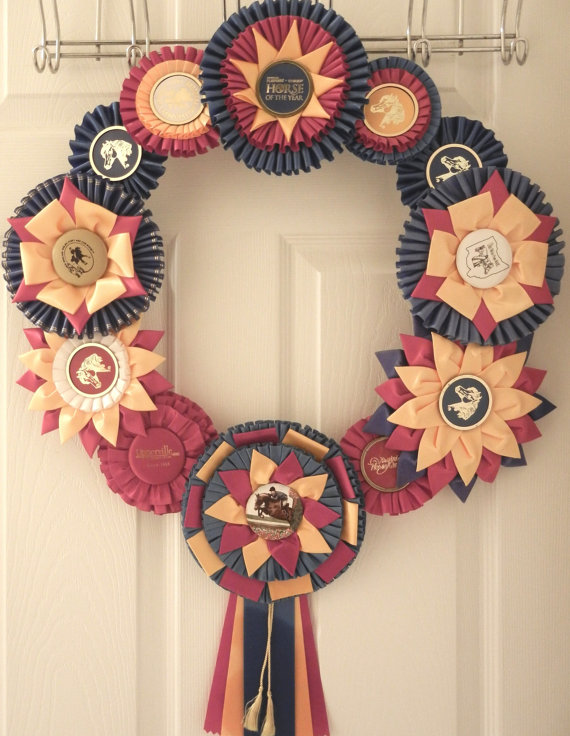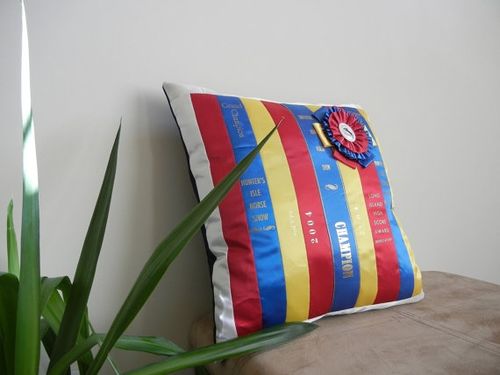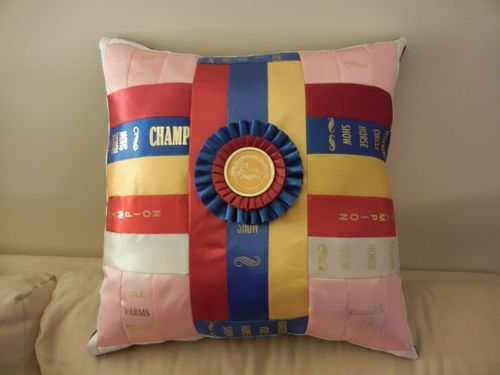Encouraging Beneficial Wildlife on your horse's yard will help control insect pests eg:
Birds
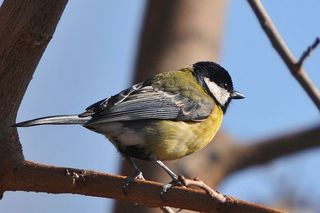 Birds are great natural pest contollers.
Birds are great natural pest contollers.
Many British birds such as blue tits, blackbirds, robins, starlings, great tits, magpies, song thrush, wren, house martins and swallows eat a variety of insect pests. One swallow alone can eat 6,000 insects a day.
Encouraging birds to your equestrian property by providing suitable habitat, putting up nest boxes, providing water and feeding can reduce the number of annoying insect pests.
If you can attract owls and / or kestrels to your property by providing well designed, properly sited nest boxes you'll also have natural rodent control.
In the UK visit the RSPB for information and advice on attracting birds, siting of nestboxes etc
In the USA visit The National Audubon Society, Canada Bird Studies Canada and in Australia Birdlife for further information.
Image: Dûrzan cîrano licensed under the Creative Commons Attribution-Share Alike 3.0 Unported
BATS
In Great Britain where bats pose no threat with regard to rabies bats can be encouraged as natural pest contollers. All UK bats eat insects eg. a single pipistrelle, the commonest of British bats, can eat 3,000 flying insects a night so they are very useful on equestrian properties.
Many people are afraid of bats mainly due to the (untrue) legends and old wives tales that have accumulated around them over the years. Bats aren't agressive and will avoid humans wherever possible and should not be feared.
Bats aren't rodents so they don't gnaw at wood or eat your horse's food.
Bats won't get tangled in your hair or suck your blood. There are no vampire bats in the UK.
Their droppings have no known health risks associated with them, they are dry and crumble to dust.
If you'd like to encourage bats to your property you can put up bat boxes for them to roost in, also try to avoid the use of pesticides and plant native trees and shrubs in the hedgerow.
Here is a list of the 18 bats indigenous to Great Britain:
Greater Horseshoe Bat
Lesser Horseshoe Bat
Daubenton's Bat
Natterer's Bat
Whiskered Bat
Brandt's Bat
Bechstein's Bat
Alcathoe Bat
Noctule
Leisler's Bat
Serotine
Common Pipistrelle
Soprano Pipistrelle
Nathusius Bat
Brown Long-eared Bat
Grey Long-eared Bat
Barbastelle
Greater Mouse-eared Bat
If you already have bats on your horse property please be aware that ALL UK bats and their roosts are protected by law. It is a criminal offence to:
- Deliberately capture, injure or kill a bat.
- Intentionally or recklessly disturb a bat in its roost or deliberately disturb a group of bats
- Damage or destroy a bat roosting place (even if bats are not occupying the roost at the time)
- Possess or advertise/sell/exchange a bat (dead or alive) or any part of a bat
- Intentionally or recklessly obstruct access to a bat roost.
You can find out more about bats in the UK by visiting the Bat Conservation Trust
In the USA by visiting The Organization for Bat Conservation,
Canada the Canadian Wildlife Federation and in Australia the Australasian Bat Society .
Image: Mnolf licensed under the Creative Commons Attribution-Share Alike 3.0 Unported

